12 drummers drumming
Talking Drum from Cameroon
Hello! Can you hear me now?! Long before Alexander Graham-Bell and Elisha Gray were battling it out over who invented the telephone, humans found other creative ways to communicate over long distance, including drumming. This talking drum is from Cameroon, where drumming was used to warn about strangers or to call a meeting, and they’re still used in ceremonies today.
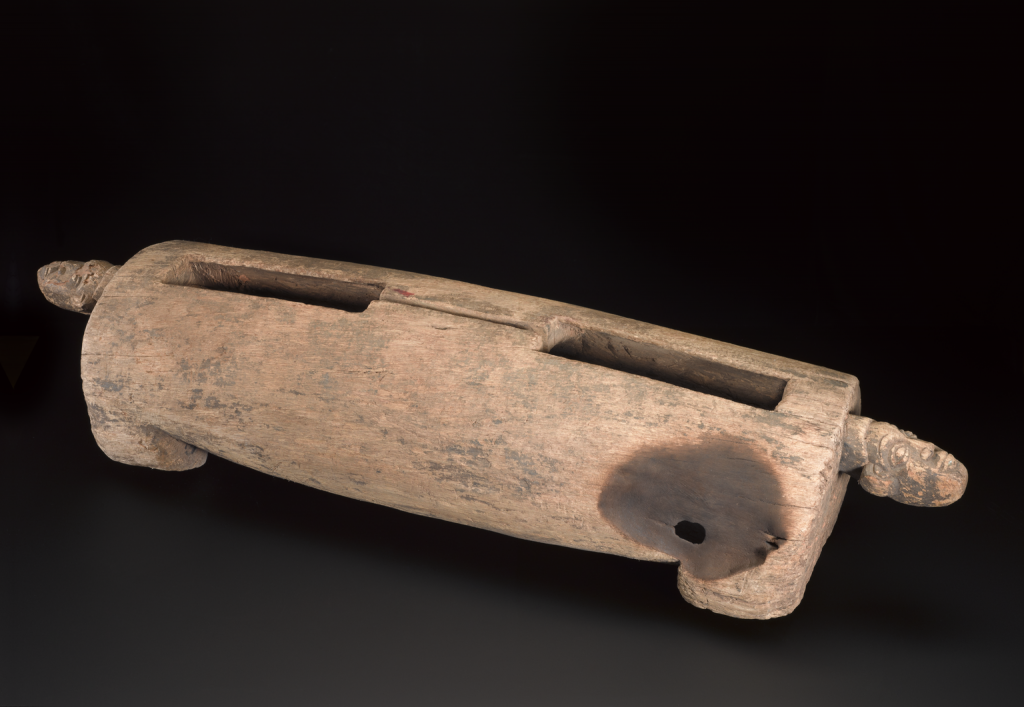
11 pipers piping
Pipe from 1850
Okay, so this might be the wrong kind of pipe, but bagpipes can get pretty annoying—especially 11 of them. This pipe is part of our archaeology collection of everyday things that really tells the story of workers’ lives in Victorian Manchester. This particular one was excavated when Spinningfields (just round the corner from the museum) was being redeveloped, and could have belonged to one of the 1830 Warehouse workers. It’s now on display in our Textiles Gallery.
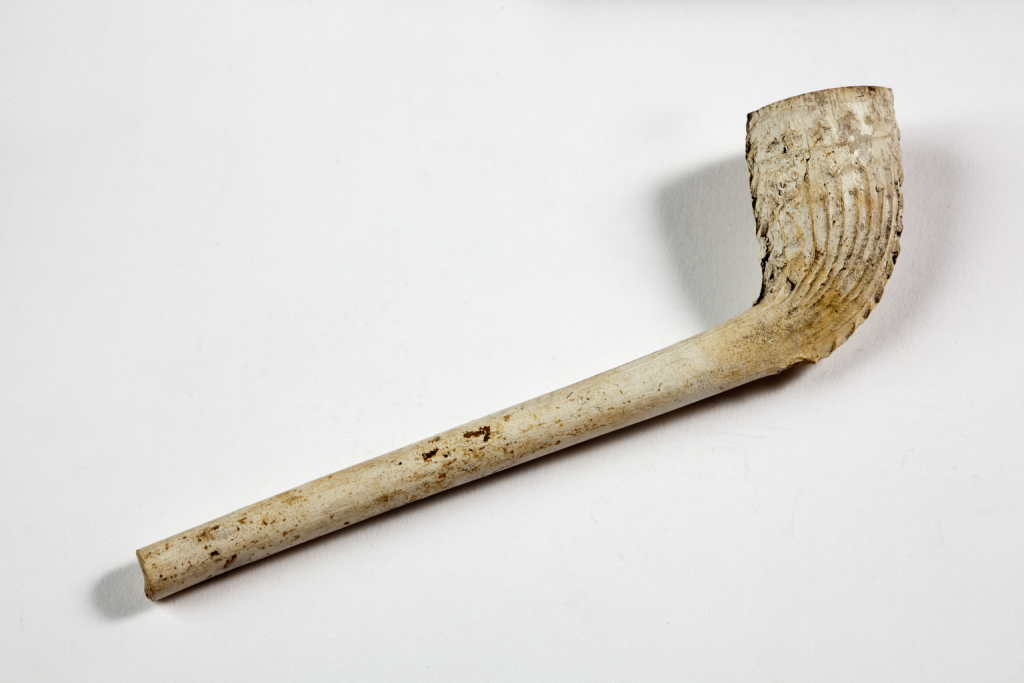
10 lords a-leaping
Portrait bust of Lord Kelvin
There are quite a few lords (probably more than 10) in scientific history, but this bust of Lord Kelvin celebrates a mathematician, physicist and engineer whose work helped change world communications, determined absolute zero (and had the Kelvin unit named after him), and contributed to formulating the first and second laws of thermodynamics. With a CV like that, we’d be leaping too.
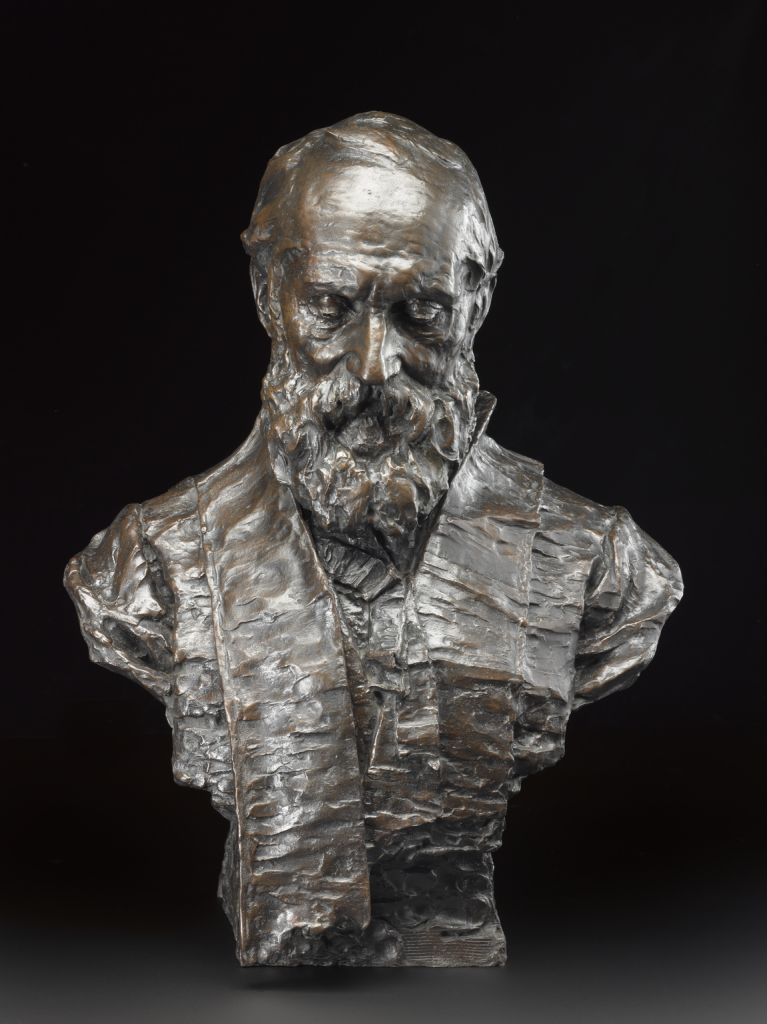
Nine ladies dancing
Beyer, Peacock and Company Limited Printing Block
No-one’s quite sure what these printing blocks in the Beyer, Peacock and Company Limited collection are for, but these ladies look like they’re well up for a dance. They’re probably workers at the foundry in Gorton, where nearly 8,000 locomotives were made for railways all over the world. You can find out more about the company and its history here, and if anyone has any bright ideas about what printing blocks like this one were used for then please do tell us in the comments.
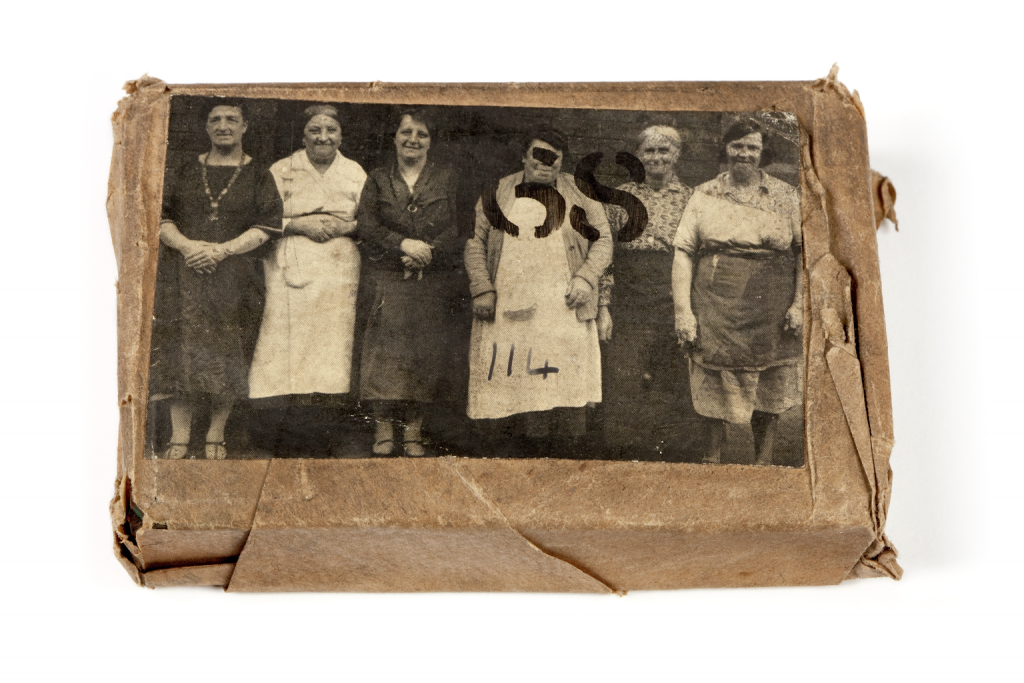
Eight maids a-milking
London Midland & Scottish Railway United Dairies milk wagon, 1937
You’d need a lot more than eight maids to fill this tank up. Built in 1937, it was used on the London, Midland & Scottish Railway, which collected milk from Cumbria and North Wales to distribute the white stuff all around the country. In 1923 alone, 282,000,000 gallons were transported by rail. The tanks were often attached to passenger trains so were a common sight right up to the 1960s. This one is now at our Science Museum Group sister museum, the National Railway Museum in York.
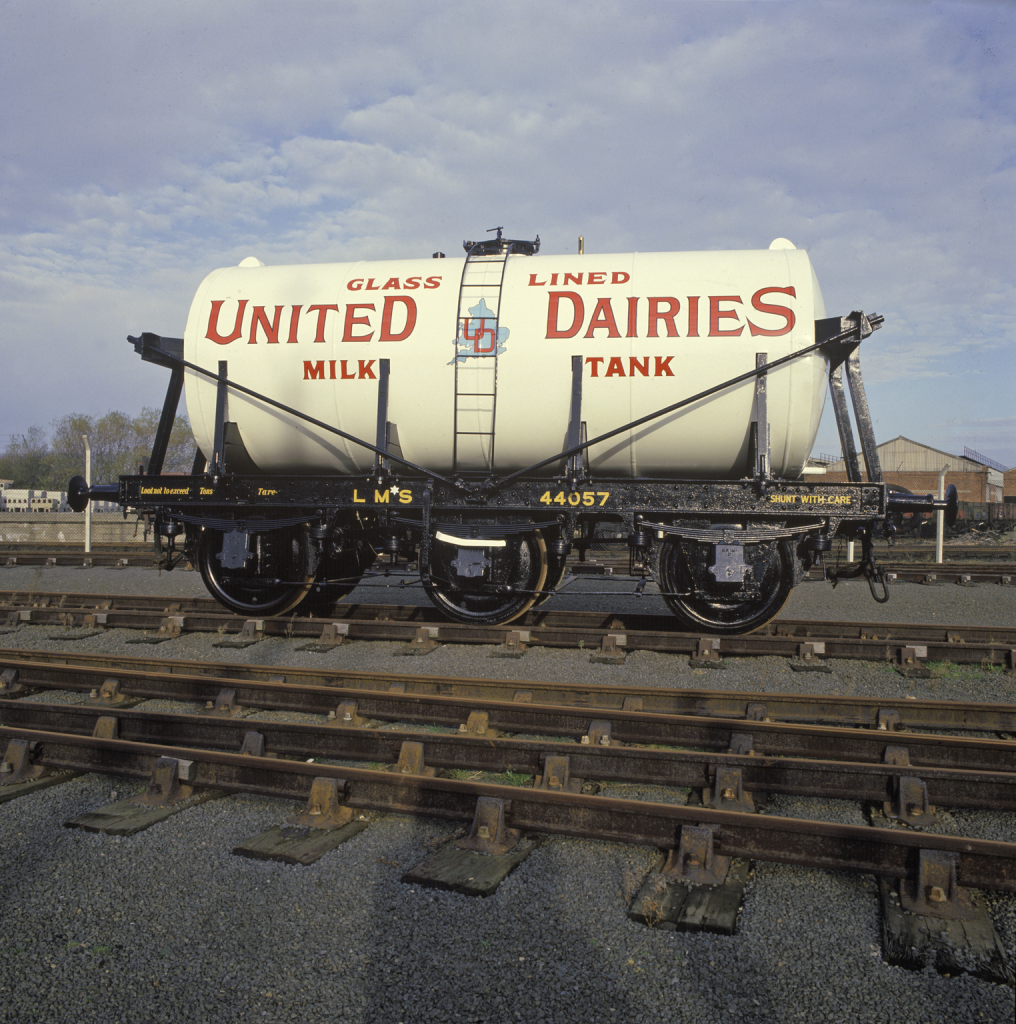
Seven swans a-swimming
Edison Swan electric bulb, John Rylands Library
This Edison Swan lightbulb is currently on display in our exhibition Electricity: The spark of life but it spent its life in one of Manchester’s most beautiful buildings, John Rylands Library. Founded by Enriqueta Rylands in memory of her husband John Rylands, the library was one of the first buildings in the city to be lit electrically and it generated its own power until 1950. Half of this bulb has been darkened to create a dimming effect.
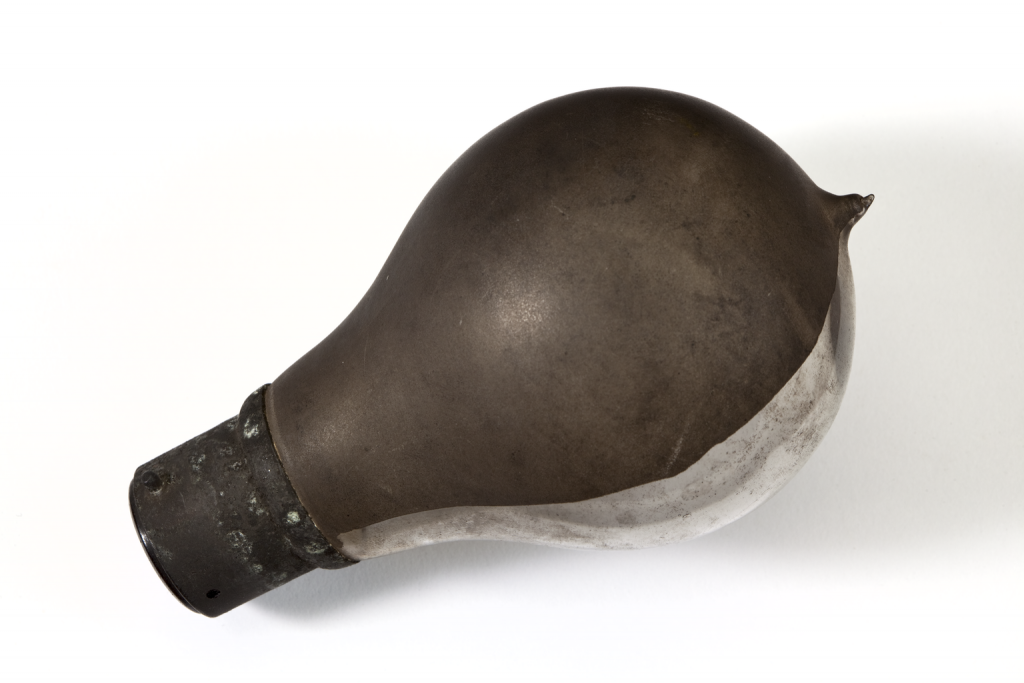
Six geese a-laying
Poster promoting mass X-ray screening, England, 1945–1959
This very cute poster featuring a family of very confident geese—is there any other type?—has a serious purpose. It was used to promote mobile screening programmes that detected pulmonary tuberculosis in large groups of people. Early diagnosis meant lower risk of infection to others and a higher chance of recovery. The image would have been part of many public health programmes during the early days of the NHS.
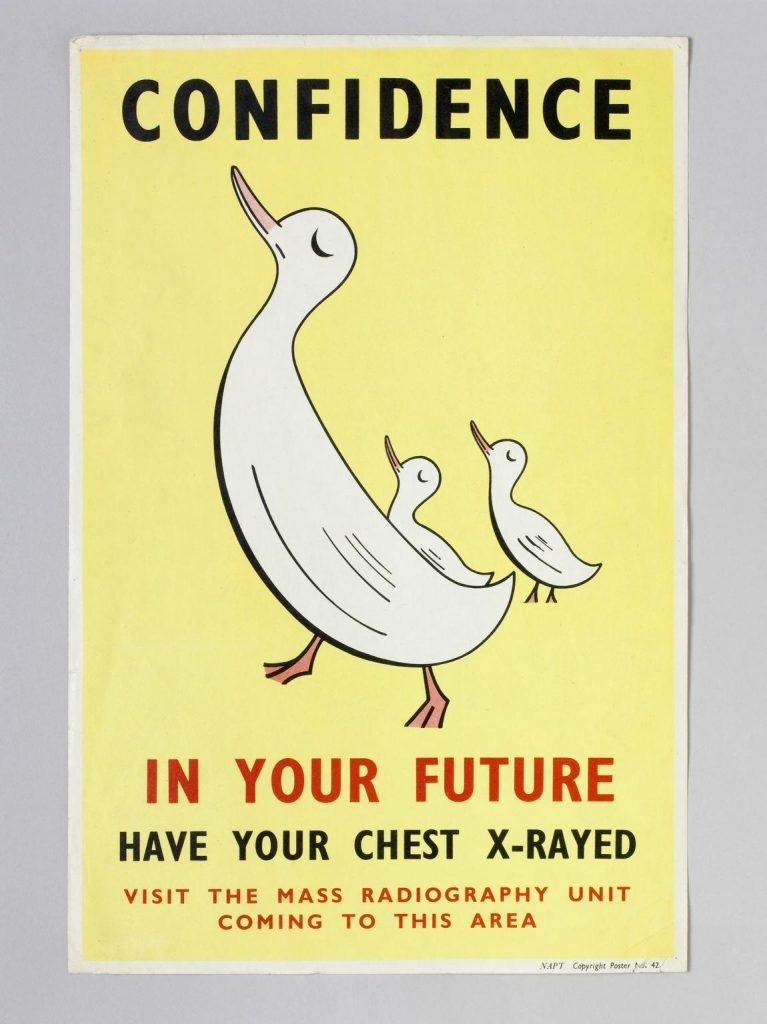
Five gold rings
Gold-plated BBC Micro personal computer, 1985
While we do have some gold rings in the collections, this bling-tastic computer simply couldn’t be ignored. This gold-plated BBC Micro computer was offered as a competition prize for The Micro User magazine’s second birthday way back in 1985. Entrants had to describe five articles that they would expect to see in the magazine in three years’ time. It was won by Ron Self from Sea Palling in Norfolk, and while we don’t have a record of his winning entry, he must have felt like a king with this new shiny toy. It’s on display in the Science Museum’s Information Age gallery.
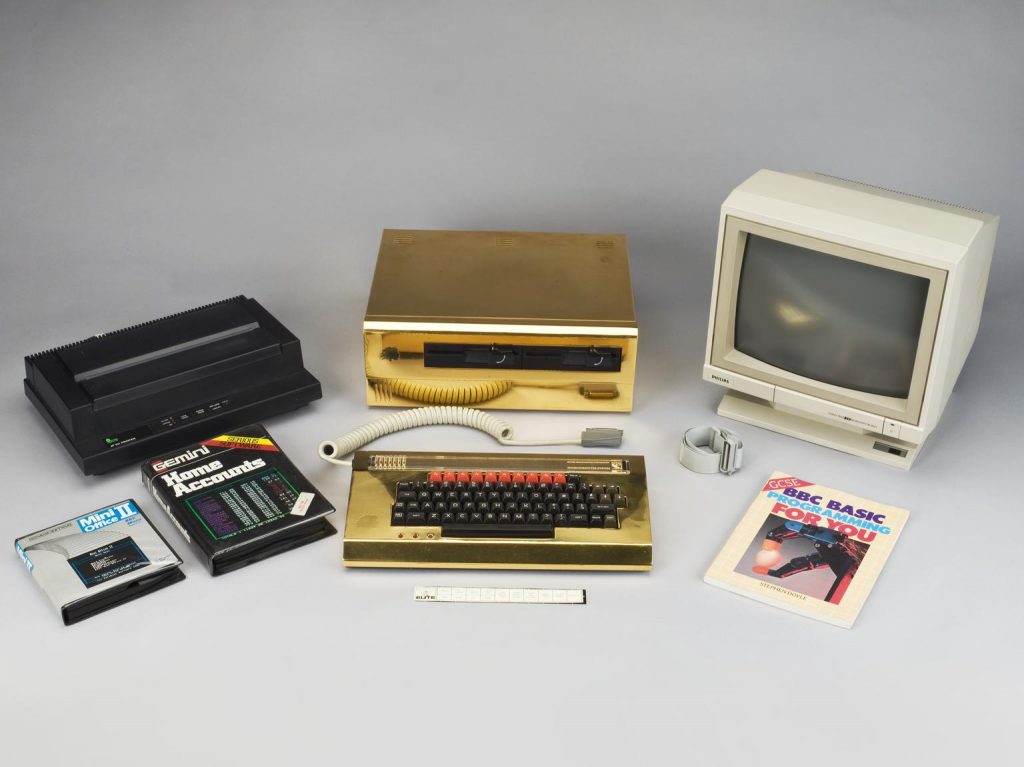
Four calling birds
Bird-call
This bird call was used by John William Strutt, a British scientist in theoretical and experimental physics, whose work, among other things, helped to explain why the sky is blue. He was also a keen researcher into sound, which is where this bird-call might come in. Rather than being used to lure birds during hunting, Strutt probably used it along with other sound instruments we have in the collections like this resonator and this tuning fork, in experiments for his book The Theory of Sound (1877), that’s still used by acousticians and engineers today.
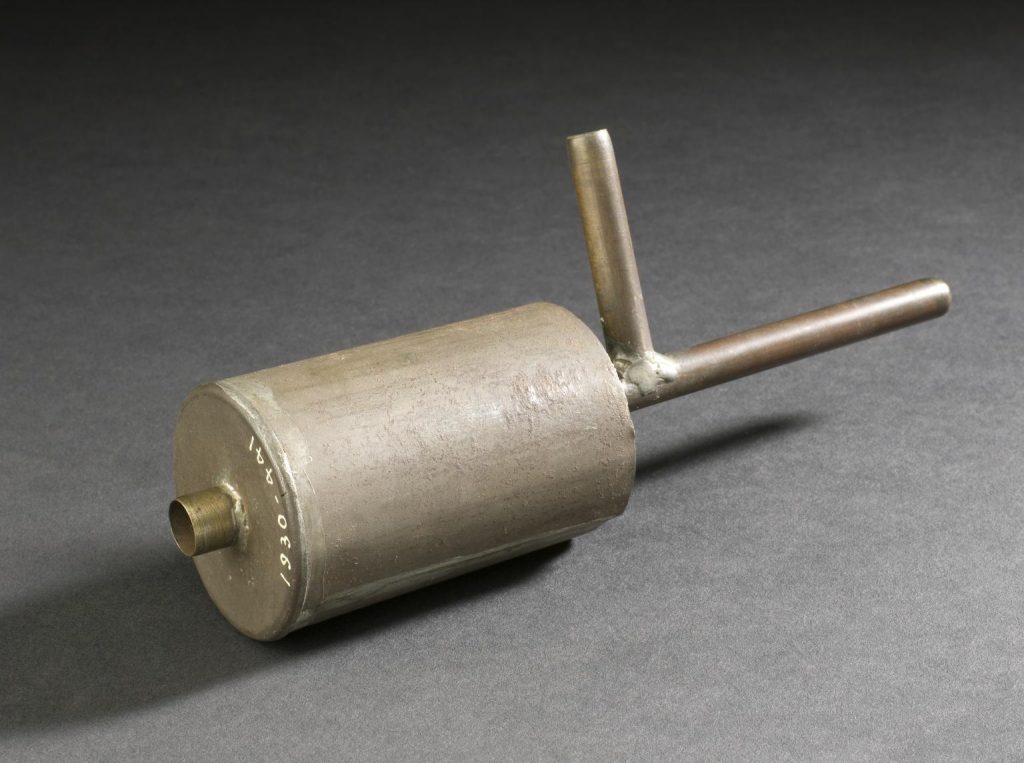
Three French hens
Hen-feathered male Sebright bantam
These two fine looking chickens were bred by American Nobel Prize-winning evolutionary biologist, Thomas Hunt Morgan (1866–1945). They are both male Sebright bantams that Morgan was using to investigate the genetic inheritance of plumage. One male has the plumage and feathering normally associated with hens; the other has the plumage associated with cocks. Through observing this mixture, Morgan found that the dominant gene for plumage is the female hen feathering. Whatever their heritage, we think they’d look pretty good in berets…
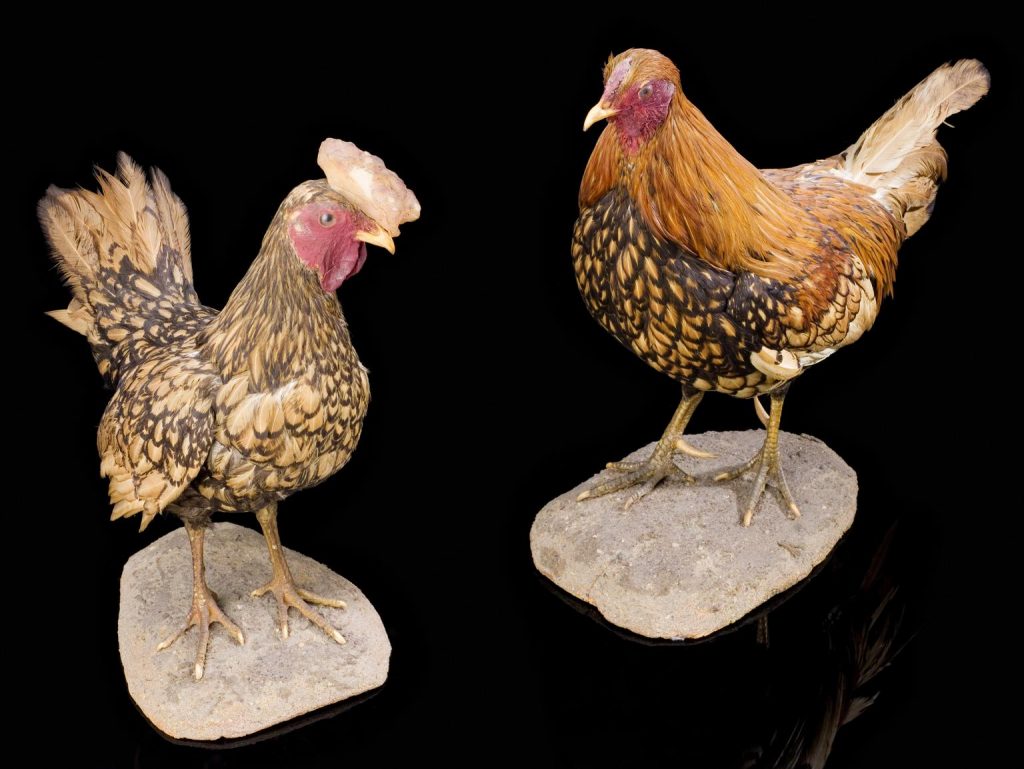
Two turtle doves
The Sopwith Dove
This postcard of a Sopwith Dove is part of a unique collection the Science Museum Group holds. It’s just one individual item from the around 2,800 cards collected by Miss Winifred Penn-Gaskell from the 1890s to the 1940s, all to do with aviation and aeroplanes. The Sopwith Aviation Company traded from 1913 to 1920. It designed and manufactured several First World War fighter planes, including the Sopwith Camel, which became the most iconic plane of the war.
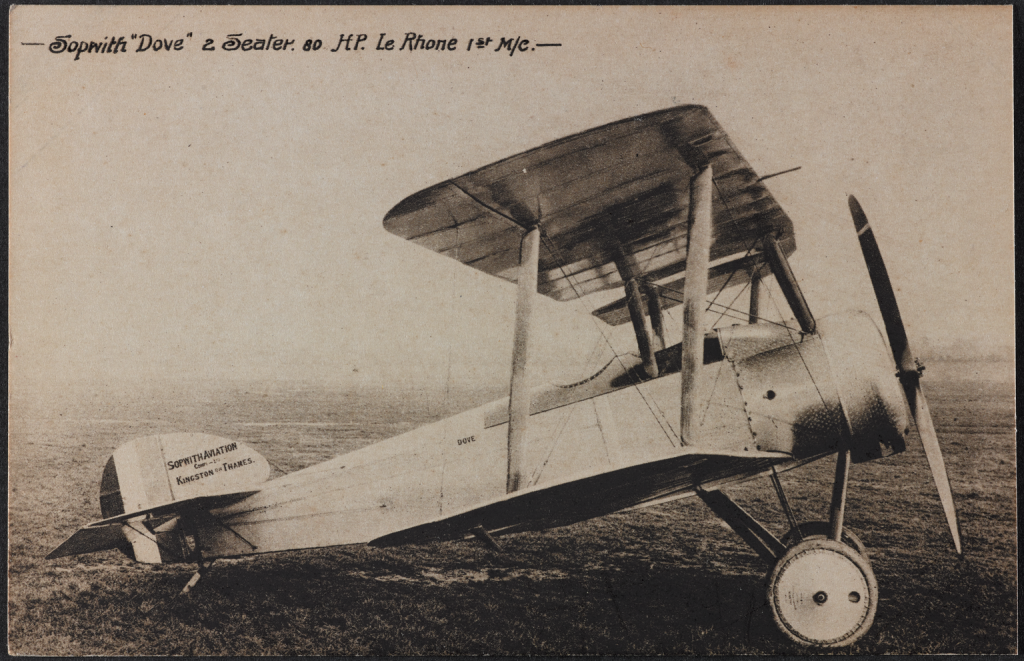
And a Partridge in an amp-li-fi-er
The Williamson amplifier became the standard for high-quality audio power amplifiers, despite the fact that the design was published in a magazine and ones like this were all home-made. This particular model uses (you guessed it) Partridge brand transformers. Well known for their great sound reproduction, these transformers were used in guitar amps and are still sought after today for rockers after an authentic sound.
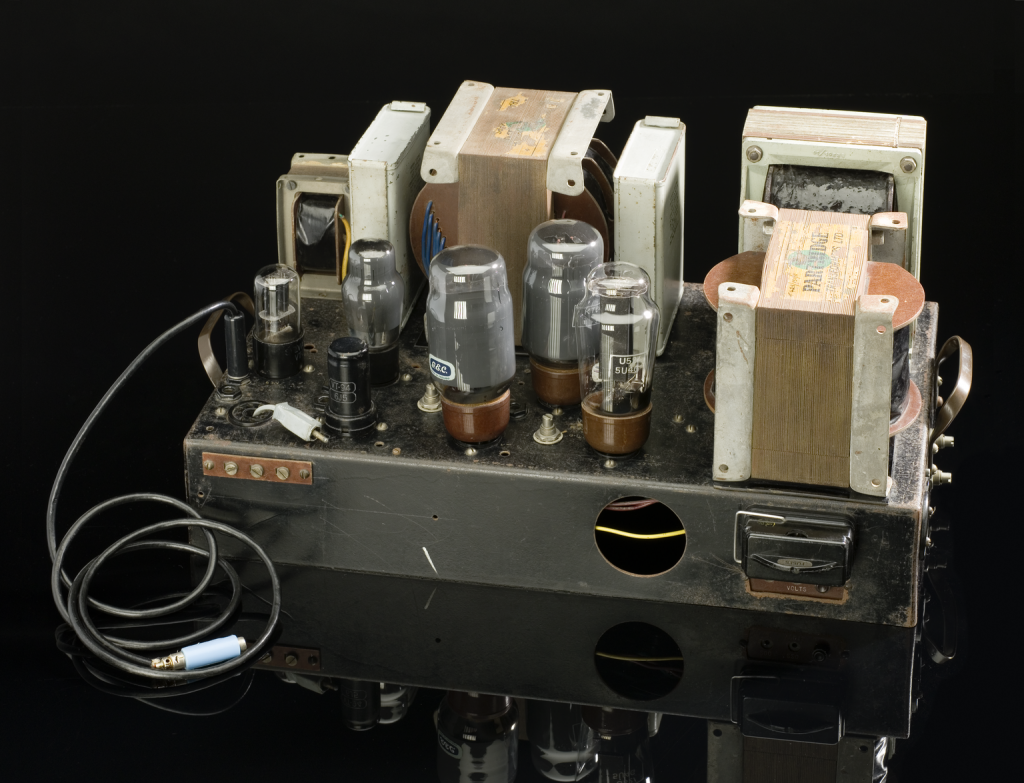
We’re unsure though if this Partridge could use the amplifier with his midi hi-fi system, apropos achieving surround sound…
All images are © The Board of Trustees of the Science Museum